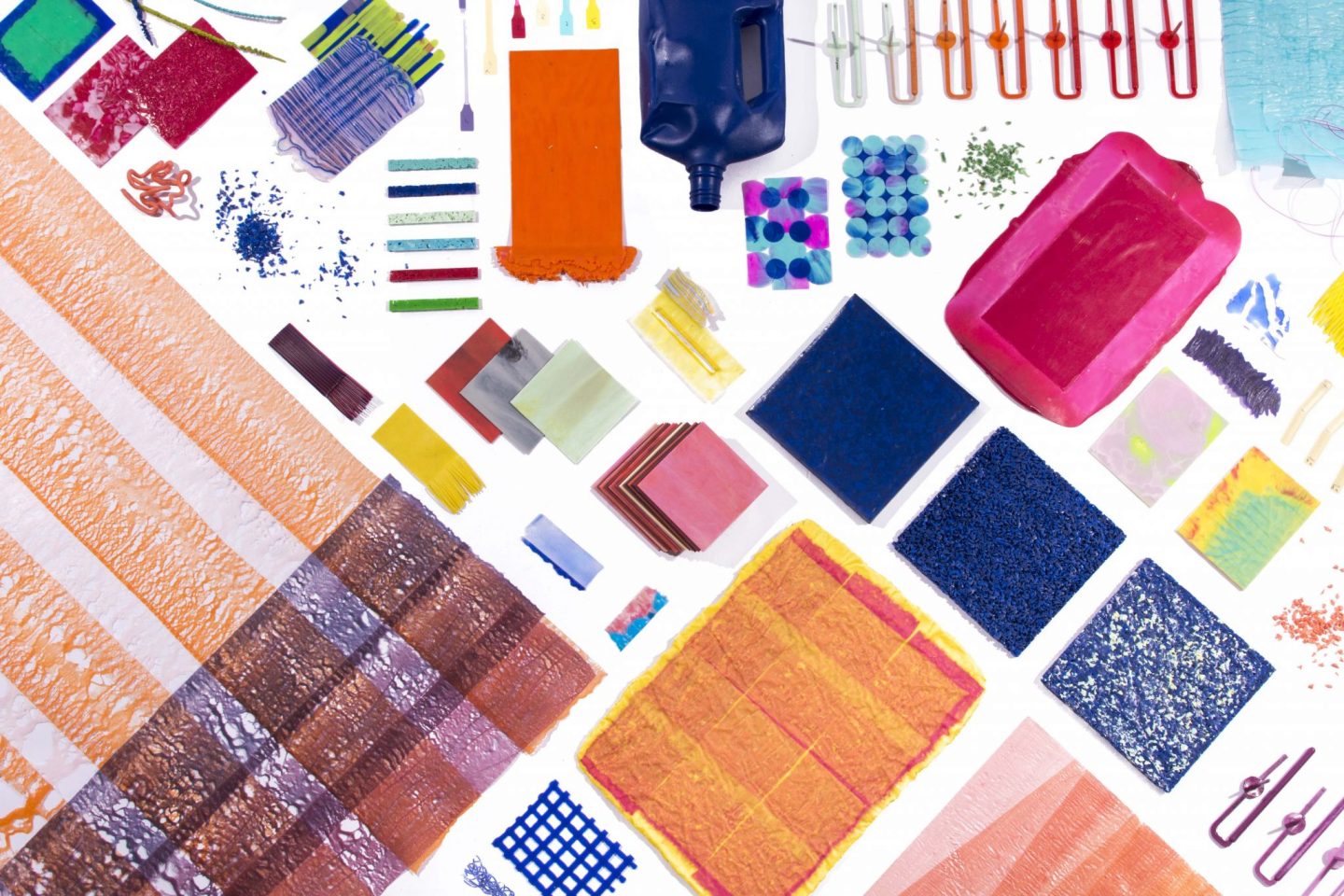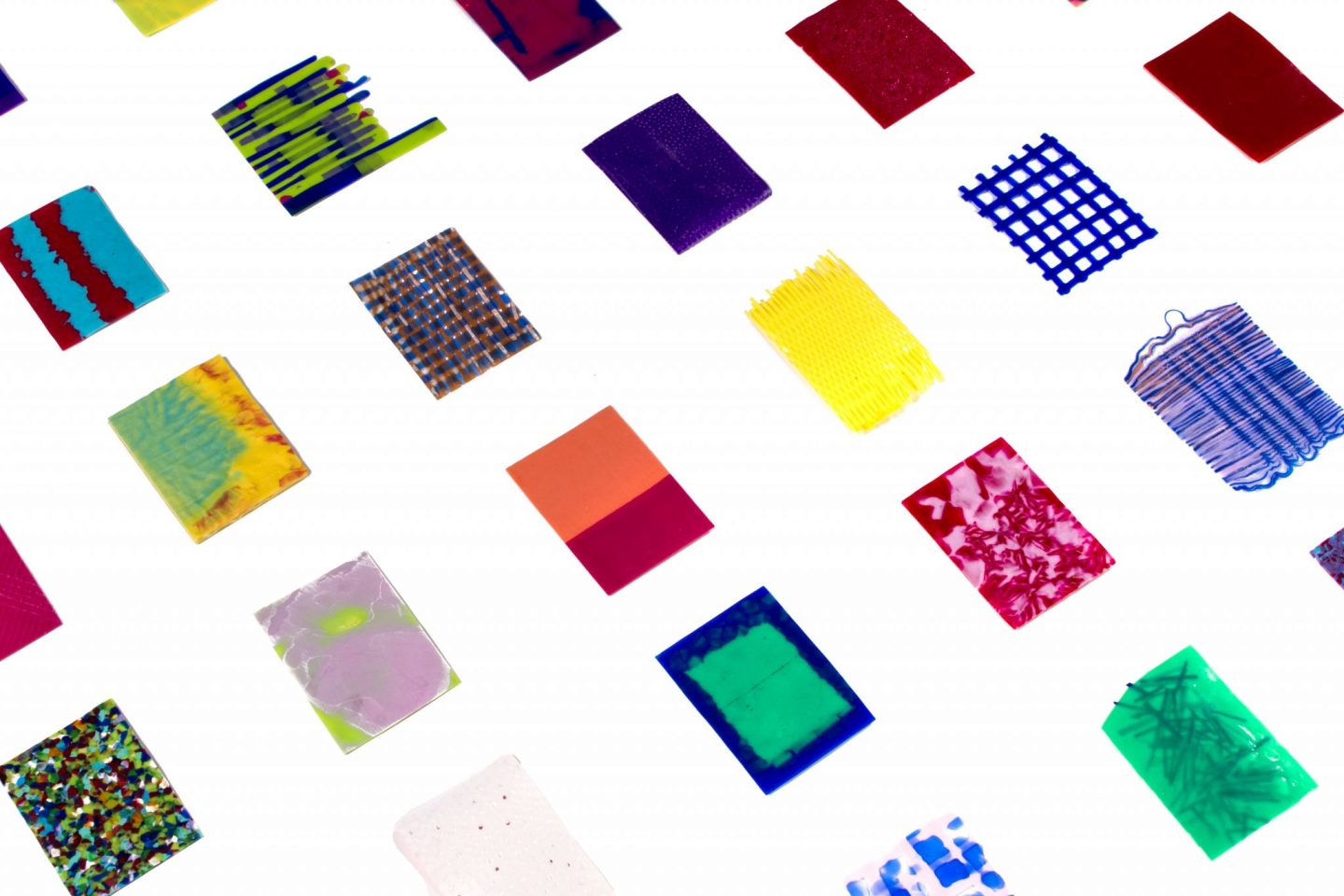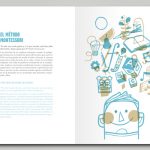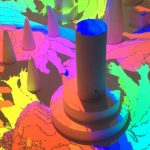The use of plastic in classrooms is becoming an important issue for teachers. For example, public schools in the United Kingdom have been encouraged to eliminate single-use plastics (like straws, disposable water bottles and glitter) by the end of 2022.
However, plastic can also be a wonderful material for artistic experimentation, as Dutch designer Jessica den Hartog shares with us in this post.
Jessica is a researcher and designer whose artistic practice has explored the relationship between colour and recycled plastic. Based in Maastricht in the Netherlands, her art focuses on the importance of experimentation with the material. This is in contrast to

Louisa Penfold: I understand you have worked in both styling and design. Can you tell us about your background and how your interest in recycled plastic came about?
Jessica den Hartog: My interest in creativity started while studying styling, graphic design and interior design. During this time I learnt how a designer can think creatively for a brand and how they can bring this concept into the interior design of a house through styling, graphic design and interior decor.
During an internship as a stylist, I also developed a love for how products were designed. For example, which techniques and materials designers used. From this, I then decided to study product design at the art academy.
While undertaking my studies, I developed a love for the material of plastic. The colour palette appealed to me enormously. I also found the diverse opportunities for experimentation with the material so interesting.
I also like to explore social themes in my projects. That is why I decided to combine my experimentation with plastic with social practice. My favourite material is plastic and this has great possibilities for recycling which also makes it a very socially interesting material as well.
LP: When looking at the images of your work, colour seems to play a lead role. What do you find inspiring about the relationship between plastic and colours?
JdH: As a designer, I am interested in developing my own material from recycled plastic so that I no longer have to use new plastic. This seems better for the world.
Without knowing anything about plastic, I started the investigation between the material and colors. Once started I then became addicted! Every day I discovered something new about plastic.
A big issue within the recycling industry is that when the plastic is recycled, the material is fused into a plain grey colour. As a designer, colour is so important to me so I decided to take colour as the starting point for my experimentation. I ask myself: what can you do with all these colours and material?

LP: Your art explores new ways to creatively transform recycled plastic. What are some of the artistic techniques you have developed to do this?
JdH: I think it’s important to combine industrial and individual artistic techniques. Only then can interesting new insights be developed. I have spent a lot of time experimenting with plastic in an industrial lab as it allows access to a wealth of knowledge on plastic. The Lab also allows me to experiment on a small scale with the material.
Techniques that I have largely used are injection molding, film blowing and pressing. In addition to this, I have looked at how I can play with material, color and technique.
LP: Your recently published the book ‘Recoloured: A new way of recycling’ sounds fascinating. I read in an article that you describe this as a ‘colour and material library’. It would be lovely to hear a bit more about this…
JdH: While artistically exploring plastics, I discovered so many new things. I was also always so surprised by the results of my experimentation. The whole creative process was so addictive that I found experimenting with the material much more interesting than designing a specific product.
I was also convinced that my work would have more influence if the focus of my practice was on the processes of working with existing materials. So, I decided to develop a colour and materials ‘library’ for myself and other designers and companies.
This is what the ‘Recoloured’ book is – a material library that offers an alternative use for plastics in the design industry. For me, the book is both a source of inspiration and stimulation to get other people to work with plastics in different ways.
LP: Lots of parents and teachers who work with young children read this blog. Are there any tips or ideas you could give them for how to experiment with recycled plastic at home or in the classroom?
JdH: The tricky thing about plastic is that you cannot easily transform or recycle it at home. For example, you cannot just melt the plastic in a pan. You need industrial machines for this to make sure it is being done safely and sustainably.
However, what is very interesting is that there are many designers – like me – who give workshops at schools. These workshops support teachers and children to explore creative learning processes using recycled plastic.
In any case, I would advocate for educators to teach children about how they can use materials as sustainably and ethically as possible.

Further Links
Jessica’s website features detailed images of her art as well as an online shop where you can purchase her book ‘Recoloured: A new way of recycling:’
This article in the New York Times looks at how designers and artists are using waste materials to make beautiful objects of art



